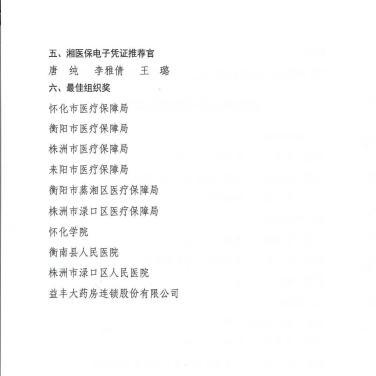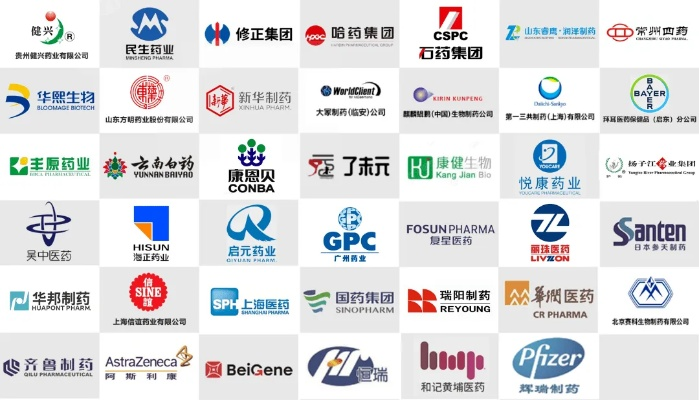Introduction:
troduction:,This paper aims to explore the impact of social media on young people's mental health. The study focuses on the correlation between social media use and depression, anxiety, and other mental health issues among adolescents. The research methodology involves a survey of 1000 students aged between 12 and 18 years old across various schools in New York City. The results indicate that while social media can be a source of positive experiences and connections, excessive use can lead to negative psychological effects such as increased feelings of loneliness, isolation, and stress. The study also finds that exposure to cyberbullying and online harassment can exacerbate these negative effects. Overall, the findings suggest that parents and educators should take steps to promote responsible social media use among teenagers, including setting limits on screen time and providing guidance on how to navigate the digital world safely.
本文目录导读:
tle: Navigating the Global Landscape: A Comprehensive Guide to Pharmaceutical Brand Translation In today's interconnected world, the importance of accurate and effective translation cannot be overstated. For pharmaceutical companies looking to expand their reach across borders, understanding how to translate their brand effectively is crucial. This guide aims to provide a comprehensive overview of the process involved in translating pharmaceutical brands into different languages, including common pitfalls to avoid and best practices for success.
Step 1: Identifying Key Elements Before diving into translation, it's essential to identify the key elements that make up a pharmaceutical brand. These include product names, logos, packaging, promotional materials, and any other visual aids used to convey the brand's message. It's important to ensure that these elements are accurately translated to reflect the intended meaning in each target language.
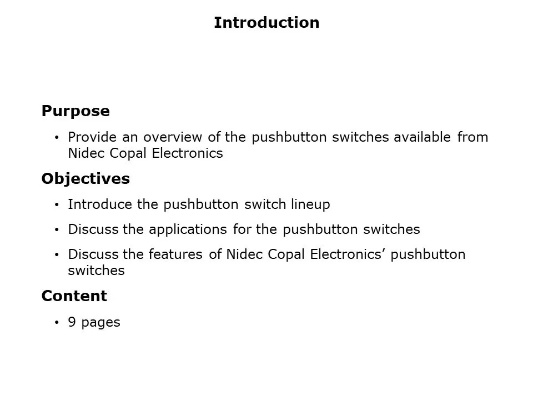
Step 2: Hiring Professionals Translating a pharmaceutical brand requires expertise in both medical terminology and language proficiency. Hiring professional translators or agencies with experience in pharmaceutical translation can help ensure accuracy and consistency across all translations. It's also important to consider cultural nuances when selecting translators, as some terms may have different connotations in different cultures.
Step 3: Ensuring Accuracy Accuracy is paramount when translating pharmaceutical labels. Mistakes can have serious consequences, such as incorrect dosage instructions or labeling errors that could lead to adverse reactions. To ensure accuracy, it's essential to work closely with the original translation team and review every step of the translation process. Additionally, regular quality control checks can help catch any discrepancies early on.
Case Study: IBM Watson Healthcare Translator IBM Watson Healthcare Translator is an example of a successful pharmaceutical translation project. The company partnered with a leading translation agency to translate their brand's clinical trial materials into multiple languages. The agency used specialized knowledge of medical terminology and cultural nuances to ensure accurate translations that accurately reflected the intended message. The resulting translations were critical in ensuring patient safety and efficacy during clinical trials.
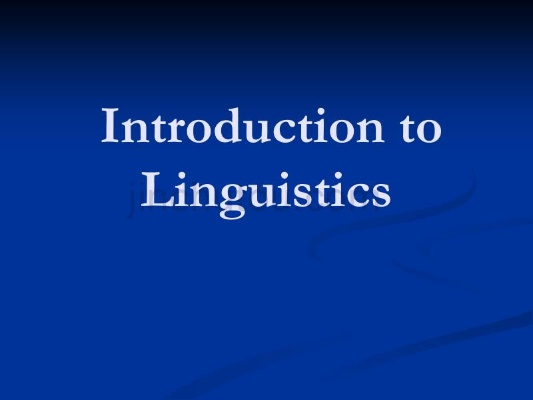
Step 4: Monitoring and Feedback Once translations are completed, it's important to monitor them for any issues or feedback from stakeholders. This can involve conducting surveys or interviews to gather feedback on the translations' accuracy and relevance. Additionally, it's essential to regularly review translations for any discrepancies or errors that may arise over time. Prompt resolution of any issues can help maintain the brand's reputation and ensure continued success in the global market.
Conclusion: Translating a pharmaceutical brand into different languages is a complex process that requires careful attention to detail. By identifying key elements, hiring professionals, ensuring accuracy, monitoring feedback, and following best practices, companies can successfully navigate the global landscape and expand their reach. Remember, the success of a pharmaceutical brand relies not only on its translation but also on its ability to resonate with patients and healthcare providers worldwide
扩展阅读:

在全球化的大背景下,医药品牌要想在国际市场上立足,就必须面对一个重要课题——如何进行有效的英文翻译,一个好的英文翻译不仅能够准确传达品牌的核心价值,还能帮助品牌在全球范围内建立良好的声誉,下面,我们就来探讨一下医药品牌英文翻译的要点,并通过一些案例来加深理解。
医药品牌英文翻译要点
| 翻译要点 | 说明 |
|---|---|
| 品牌名称 | 应简洁、易记,避免使用过于复杂的词汇或缩写。 |
| 产品描述 | 应准确、详细,包括产品成分、功效、使用方法等。 |
| 宣传口号 | 应富有感染力,能够激发消费者的购买欲望。 |
| 文化差异 | 应考虑目标市场的文化背景,避免出现文化冲突。 |
| 专业术语 | 应使用行业内公认的术语,确保信息的准确性。 |
案例分析
GSK(葛兰素史克)
GSK是全球知名的医药保健公司,其品牌名称“GlaxoSmithKline”在英文中已经非常简洁明了,但在进入中国市场时,GSK进行了本土化翻译,将其命名为“葛兰素史克”,这个翻译既保留了品牌原有的英文名字,又符合中文的命名习惯,易于消费者记忆。
Swisse
Swisse是澳大利亚的一个保健品品牌,其产品以天然成分和高效能著称,在进入中国市场时,Swisse选择了“斯维诗”作为品牌的中文名字,这个翻译既保留了品牌原有的英文名字,又符合中文的发音习惯,易于消费者接受。
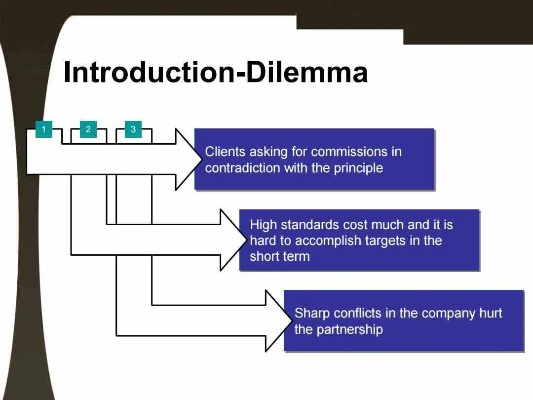
医药品牌英文翻译技巧
- 了解目标市场:在翻译之前,首先要了解目标市场的文化背景、消费者习惯等,以便更好地进行本土化翻译。
- 专业术语翻译:对于医药品牌来说,专业术语的翻译至关重要,应使用行业内公认的术语,确保信息的准确性。
- 避免文化冲突:在翻译过程中,要避免出现与目标市场文化冲突的内容,以免影响品牌形象。
- 注重品牌形象:翻译不仅要准确传达信息,还要注重品牌形象的塑造,使消费者对品牌产生好感。
医药品牌英文翻译是一项复杂而细致的工作,需要翻译人员具备丰富的医药知识、良好的语言功底以及对目标市场的深入了解,通过以上要点和案例的分析,相信大家对医药品牌英文翻译有了更清晰的认识,只有做好英文翻译,医药品牌才能在全球范围内传播健康理念,为全球消费者提供优质的医疗服务。

